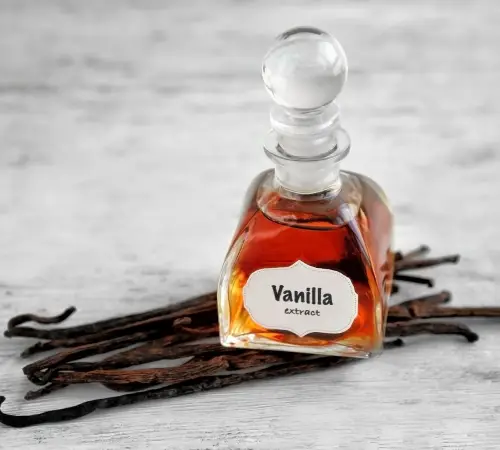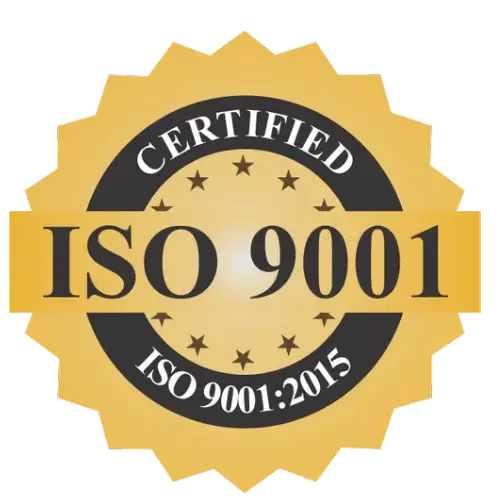
Category: Carrier Oils
Vanilla extract is a solution made by macerating and percolating vanilla pods in a mixture of ethanol and water. It is an essential ingredient in many Western desserts, particularly baked goods like cakes, cookies, brownies, and cupcakes, as well as custards, ice creams, and puddings. The primary flavor compound in vanilla extract is vanillin, but pure vanilla extract contains several hundred additional compounds, contributing to its complex and rich flavor. In contrast, artificial vanilla flavor typically consists of only synthetic vanillin, often derived from wood pulp by-products. The most commonly used vanilla beans come from regions such as Madagascar, Mexico, Tahiti, Indonesia, and Uganda. Bourbon vanilla refers to beans from the Bourbon Islands (mainly Madagascar, Réunion, and Mauritius), named after the Bourbon kings of France, with no relation to Bourbon whiskey. In the U.S., for a vanilla extract to be labeled as pure, it must contain at least 35% alcohol and 100g of vanilla beans per liter. Double or triple strength extracts, often used in food manufacturing, are also available. In the United States, for a vanilla extract to be labeled as pure, the U.S. Food and Drug Administration (FDA) requires that it contains at least 35% alcohol and 100g of vanilla beans per liter (or 13.35 ounces per gallon). Additionally, there are double and triple strength vanilla extracts (up to 20-fold) available, mainly for use in manufacturing and food service, where the precise liquid measurements in recipes are important. Natural vanilla flavoring, however, is made from vanilla beans with little to no alcohol, typically containing only 2–3% alcohol. Because of its low alcohol content, it does not meet the FDA definition of an extract
Vanilla Planifolia



